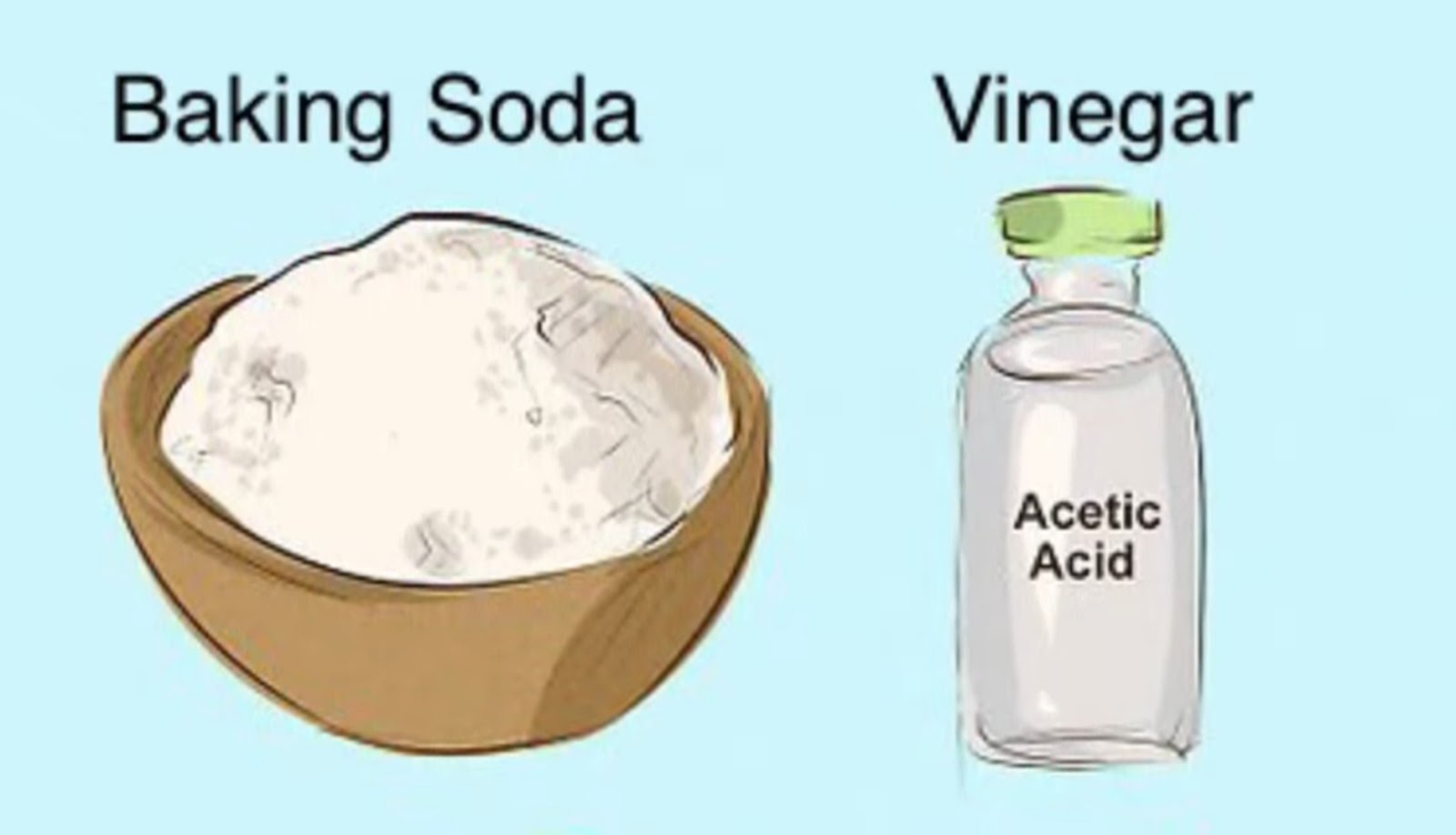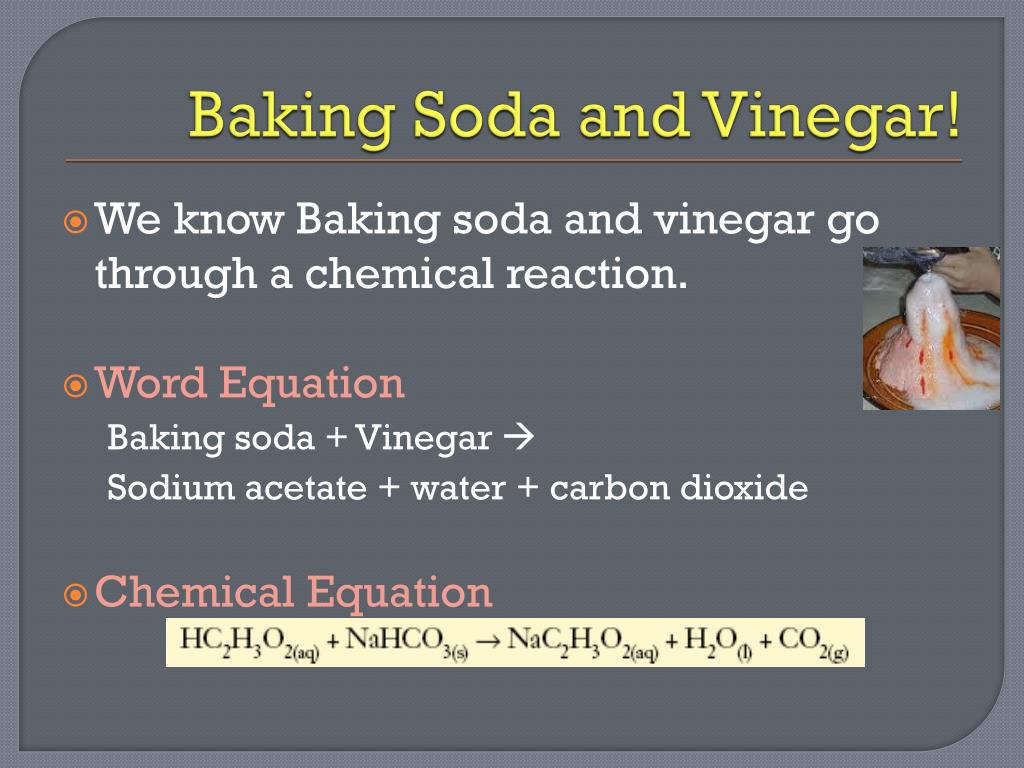
Double cream vs heavy cream involves understanding fat content for cooking and baking. Knowing their differences leads to better, more predictable results.
Understanding the nuances between dairy creams with varying fat content is crucial for achieving desired results in culinary applications. Choosing the correct cream transforms ordinary dishes into extraordinary culinary experiences.
Mastering the selection of the right cream elevates both flavor and texture in many recipes. Whether it’s achieving a velvety smooth sauce or creating a stable whipped topping, understanding the properties of each cream is key.
The differing fat percentages influence stability, mouthfeel, and overall richness, which stems from traditional European dairy practices and the development of modern food science. Historical recipes often implied cream usage, but today’s precise formulations require careful consideration.
This knowledge is especially beneficial for home cooks aiming to replicate professional results; certain recipes depend on a specific fat content for optimal outcome. Using the wrong type can lead to soupy sauces, or a whipped topping that won’t hold its shape.
Misconceptions abound regarding interchangeability, and sometimes variations are regional or product-specific, adding to the confusion. Expert chefs understand these subtleties and adjust their techniques accordingly.
The following guide explores these differences in detail, providing the information needed to make informed decisions and unlock new culinary possibilities with greater confidence. Read on to discover how to confidently use each cream to its fullest potential.
Fat Content
Fat content is the defining characteristic that distinguishes double cream from heavy cream, influencing their behavior and suitability for various culinary applications. This difference isn’t merely a number; it’s the key to unlocking the potential of each cream in the kitchen.
-
Percentage Variation
Double cream typically boasts a fat content of around 48%, while heavy cream generally contains between 36% and 40% fat. This seemingly small difference profoundly impacts their stability and texture. The higher fat content of double cream contributes to a richer, denser final product.
-
Impact on Whipping
The elevated fat level in double cream makes it exceedingly stable when whipped, resulting in stiff peaks that hold their shape for extended periods. Heavy cream, while also able to be whipped, may require additional stabilizers to achieve similar results. This makes double cream ideal for decorative toppings and desserts where structural integrity is paramount.
-
Cooking Stability
When heated, double cream is less prone to curdling due to its greater fat content, making it suitable for rich sauces and preparations where high temperatures are involved. Heavy cream, with its slightly lower fat percentage, requires more careful handling to prevent separation, particularly in acidic environments.
-
Flavor Profile
The increased fat in double cream imparts a noticeably richer and more decadent flavor compared to heavy cream. This intensified flavor profile enhances desserts and other sweet dishes, providing a luxurious mouthfeel that elevates the overall sensory experience. Heavy cream, however, offers a milder flavor that makes it adaptable to both sweet and savory applications.
Therefore, understanding the precise fat content of each cream is vital for achieving the desired outcome in recipes. Whether aiming for a velvety sauce, a stable whipped topping, or a deeply flavorful dessert, the choice between double cream and heavy cream hinges on this fundamental characteristic.
Whipping Stability
The ability of cream to hold its shape when whipped represents a crucial distinction between double cream and heavy cream. This stability isn’t merely aesthetic; it directly influences the texture, presentation, and overall success of many desserts and culinary creations. The higher the fat content, the more air the cream can incorporate and the longer it can maintain its form.
Double cream, with its elevated fat percentage, excels in creating stiff, unwavering peaks perfect for elaborate cake decorations or toppings that demand longevity. Heavy cream, while also capable of whipping, may produce softer peaks that require stabilizers like powdered sugar or gelatin to prevent collapse, especially in warmer environments. For instance, a trifle layered hours in advance benefits greatly from the fortitude of double cream, while a dollop of lightly sweetened heavy cream complements a fresh fruit tart beautifully.
Ultimately, understanding whipping stability empowers cooks to select the ideal cream for specific needs. The choice depends not only on the desired visual appeal but also on the practical considerations of holding time and environmental conditions. Properly whipped cream elevates a simple dessert into a showstopper, showcasing the transformative power of dairy and technique.
Culinary Applications
The versatility of both double cream and heavy cream shines through in diverse culinary applications, each calling upon their unique characteristics to achieve particular textures and flavors. The choice between the two hinges on the desired outcome and the role the cream plays in the overall recipe.
-
Sauce Enrichment
Double cream lends an unparalleled richness and velvety texture to sauces, making it ideal for decadent pasta dishes or luxurious cream-based soups. Heavy cream, being slightly lighter, provides a milder enrichment suitable for more delicate sauces where a subtle creaminess is desired. The former excels in dishes where the cream is a star ingredient, while the latter offers balance.
-
Baking Incorporation
In baking, double cream’s high fat content contributes to exceptionally moist and tender cakes, scones, and pastries. Heavy cream provides a lighter touch, lending itself well to cheesecakes or quick breads where a less dense texture is preferable. From flaky crusts to melt-in-your-mouth crumb, cream choice profoundly affects final product.
-
Dessert Creations
Double cream stands as the go-to for ultra-stable whipped toppings, rich ice creams, and smooth panna cottas, where its ability to hold its shape and deliver intense flavor is paramount. Heavy cream whips beautifully for lighter applications, or can be folded into mousses and parfaits for a delicate creaminess. Each imparts a distinctive character to sweet confections.
-
Beverage Enhancement
A splash of double cream transforms coffee or hot chocolate into a truly indulgent treat, adding unparalleled richness and body. Heavy cream, with its lighter consistency, provides a gentler creaminess suitable for iced coffees or mixed drinks where a less decadent experience is desired. The addition of either elevates everyday beverages.
In essence, selecting between double cream and heavy cream involves aligning their inherent qualities with the desired function within a recipe. Whether seeking deep richness or a delicate touch, mastering these nuances unlocks culinary potential and elevates dishes from simple to sublime. Through understanding, both become invaluable tools in the kitchen.
Regional Availability
The accessibility of double cream versus heavy cream is far from uniform, varying significantly across different geographical regions. This disparity stems from differing dairy regulations, production practices, and consumer preferences, shaping the availability and labeling of these products. Consequently, a recipe calling for one might necessitate substitutions or adjustments based on what’s locally accessible.
In the United Kingdom, double cream is a readily available staple, a testament to its deeply ingrained culinary presence. Conversely, in the United States, heavy cream is far more prevalent, often overshadowing the availability of its richer counterpart. This impacts recipe adaptation; a British recipe using double cream might require the American cook to use a combination of heavy cream and butter to emulate the texture and fat content. Similar regional nuances exist throughout Europe and beyond, dictating the dairy landscape.
Ultimately, an awareness of regional availability is paramount when navigating recipes that specify either double cream or heavy cream. Understanding these geographical nuances empowers cooks to make informed decisions, ensuring their culinary creations closely mirror the intended outcome, regardless of location. Ignoring this aspect can lead to unexpected results, underscoring the importance of adaptability in the kitchen.
Tip Metadata
- Category: Cooking Techniques
Time & Effort
- Estimated Time: 5 minutes (for understanding)
- Skill Level: Beginner
- Impact: Improves sauce texture, enhances flavor richness, and ensures baking consistency.
Tools or Materials Needed
- Recipe requiring either double cream or heavy cream
- Measuring cups or spoons
Step-by-Step Guide
- Step 1: Identify Cream Requirement Carefully review the recipe to determine whether it calls for double cream or heavy cream. The specified cream is crucial for achieving the intended result.
- Step 2: Understand Fat Content Remember that double cream typically contains around 48% fat, while heavy cream ranges between 36% and 40%. This difference significantly impacts the final dish.
- Step 3: Assess Availability Check regional availability. In some areas, double cream may be less common than heavy cream, requiring a possible substitution (see Pro Tip).
- Step 4: Choose the Appropriate Cream If both are available, select the cream that matches the recipes requirements. Consider the desired texture and flavor profile (richer versus lighter).
- Step 5: Apply to Recipe Incorporate the chosen cream into the recipe according to the instructions, paying attention to any specific heating or whipping requirements.
Common mistakes include using the wrong cream without adjusting other ingredients, leading to sauces that are too thin or toppings that don’t whip properly. Variations might involve using crme frache for a tangier flavor or adjusting liquid content if substituting creams. Expert insight: Chilling the cream and mixing bowl before whipping enhances volume and stability.
Pro Tip or Variation
If double cream isn’t available, substitute with heavy cream plus 1-2 tablespoons of melted butter per cup of heavy cream to increase the fat content and mimic the richness of double cream. Adjust other liquid ingredients if needed.
Best Practices & Expert Tips
- Chill Thoroughly Ensure both the cream and mixing bowl are well-chilled before whipping to promote faster emulsification and a more stable, voluminous result.
- Use Correct Speed Begin whipping on low speed to prevent splattering and gradually increase to medium-high as the cream thickens. Avoid over-whipping, which can lead to butter formation.
- Incorporate Air Gently When folding whipped cream into other ingredients, use a light hand to maintain the airiness and prevent deflation.
- Stabilize for Longevity For whipped cream that needs to hold its shape for an extended period, add a small amount of powdered sugar or gelatin to act as a stabilizer.
- Heat Gently When using cream in sauces, heat it gently and avoid boiling to prevent curdling or separation, especially with heavy cream.
Variations & Common Mistakes
- Crme Frache Substitution Crme frache can substitute for either cream in certain recipes, adding a tangy flavor profile and increased stability due to its higher fat content.
- Coconut Cream Variation Full-fat coconut cream can be used as a dairy-free alternative, particularly in vegan recipes, offering a similar richness and texture.
- Over-Whipping Awareness Over-whipping cream results in a grainy texture and eventual butter formation. Stop whipping as soon as stiff peaks form.
- Acidic Environment Sensitivity Adding cream to highly acidic dishes can cause curdling. Temper the cream by gradually adding small amounts of the hot, acidic liquid before fully incorporating it.
- Incorrect Storage Practices Leaving cream at room temperature for extended periods can lead to spoilage and bacterial growth. Store it properly in the refrigerator.
Unlock Your Culinary Potential
Understanding the difference between double cream and heavy cream is a small change that will have a massive impact on your cooking and baking. It’s one of those simple tips that takes you from good to great in the kitchen, making everything from sauces to desserts richer, more flavorful, and more consistent.
Whether you’re whipping up a decadent chocolate mousse or creating a creamy pasta sauce, knowing which cream to useand how to adjust if neededopens up a whole world of delicious possibilities. This knowledge is incredibly versatile, fitting perfectly into countless dishes and cuisines, no matter your skill level.
So, go ahead and give it a try! Experiment with double cream in your favorite recipes, explore the nuances of heavy cream, and don’t be afraid to adapt and adjust to your own tastes. We’d love to hear about your culinary adventures, so feel free to share your own tips or leave a comment below.
Enjoy your time in the kitchen!
Images References :
Image used for illustration purposes only. All rights belong to their respective owners.


